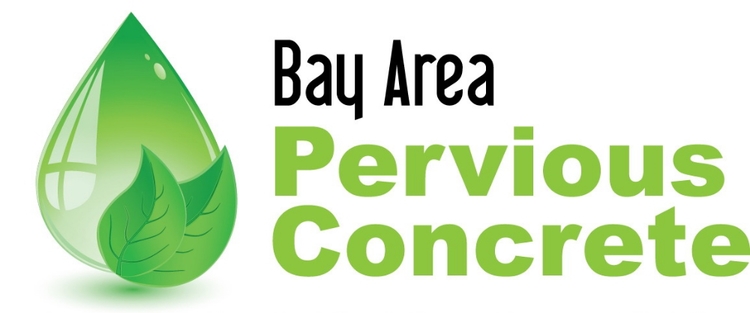Recently, maintaining pervious concrete has come up several times in a week, prompting this blog post. The good news is that this conversation is happening. The bad news is that some people who are not on board with pervious are using an ill-informed maintenance opinion to shape their judgement. We here at Bay Area Pervious Concrete would like to clear up a few of the misconceptions around maintenance.
Firstly, we have found the relevance of maintenance is tied directly to the porosity of the slab itself. A healthy infiltration rate for a slab of pervious concrete is 250-1000 inches per square foot per hour. That ensures that even if the slab was 99% clogged, and the 5 year storm event was 3 inches in 24 hours (as we have here in the Bay Area), that slab would easily be able to absorb that entire storm. So at 99% clogged, the slab would take in 2.5 inches - 10 inches of stormwater per hour per square foot!
Secondly, here are three helpful resources to help with installing a good slab, maintaining it and the fixing a worst case scenario:
1) In order to make sure you get your healthy infiltration rates, an experienced and qualified contractor is required. We have performance based specs that you may review, so that you can be sure to get a good contractor and get a great pervious concrete installation! We also have a BAPC PolishedTM Pervious Spec that we will send at your request.
2) Regular maintenance that can be done, if there is a budget and a desire for a plan. We have put together a maintenance manual that we give to clients at their request when we finish work for them. This gives an idea what you can anticipate, allows one to set up a maintenance schedule, and has resources to call if clogging does occur.
3) Pervious concrete can recover porosity after clogging over years as shown from a research paper from Florida that came out a few years ago. The paper shows several slabs of unmaintained pervious ranging in age from 6 to 20 years old that were able to recover significant infiltration after a pressure washing, vacuuming or a combination of both - after YEARS of neglect. So, no maintenance, no problem!
Do you have any unanswered questions about maintenance and pervious concrete? Submit them here, and we may add them to this post!


